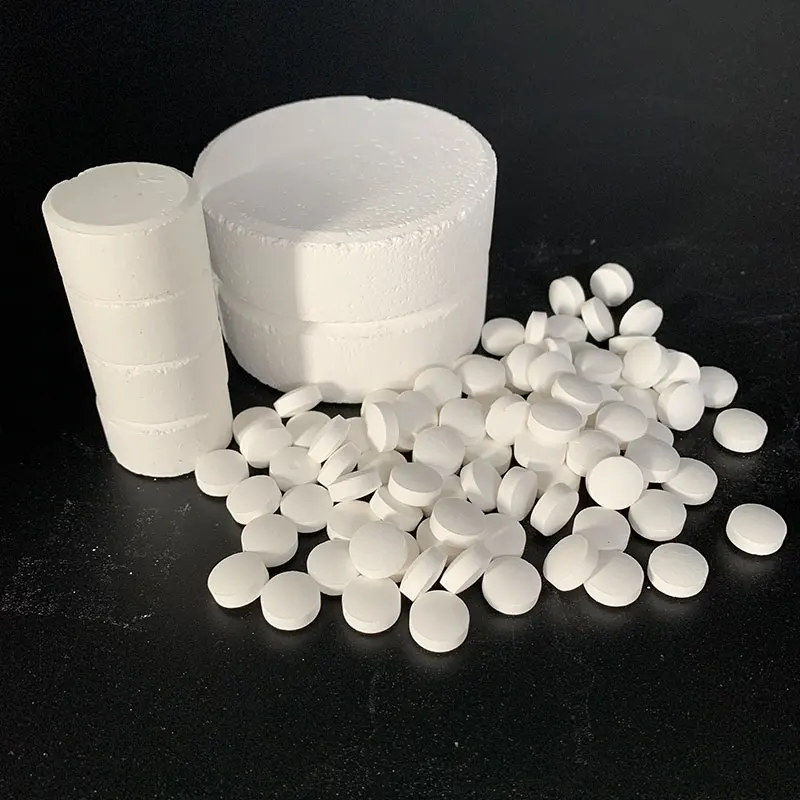In the daily maintenance of a swimming pool, it is crucial to accurately determine when to add chlorine. This is important not only for the cleanliness of the water but also for the health and safety of swimmers. Chlorine tablets are commonly used as a disinfectant to effectively kill bacteria and viruses in the water, maintaining the pool’s cleanliness and clarity. However, both excess and insufficient chlorine can have adverse effects on the pool. Therefore, it is essential to make precise judgments when adding chlorine tablets to the pool. This article provides a simple introduction on how to determine whether chlorine tablets are needed for a swimming pool.

Periodically Test Chlorine Levels with Water Quality Test Kits
Pool maintenance personnel use a water quality test kit to check the chlorine levels in the water every week. If the test reveals chlorine levels below 1 ppm, it clearly indicates the need to add chlorine tablets. To maintain the desired chlorine level of 1-3 ppm, they add the appropriate chlorine tablets based on testing and manufacturer recommendations.
Monitor Water Clarity
Pool managers notice that the pool water is no longer as clear as usual. They immediately test the water and find that the chlorine levels are low. Because the water has become cloudy, it may be due to an increase in bacteria and viruses. They decide to add an appropriate amount of chlorine tablets to restore water clarity.
Observe Swimmers’ Reactions
Several swimmers complain of stinging eyes and itchy skin after swimming. Pool management promptly tests the water quality and discovers low chlorine levels. They then increase the amount of chlorine tablets added to ensure that the water quality remains at a healthy and safe level.
Consider the Impact of Pool Usage Frequency
The pool’s usage has significantly increased. They increase the testing frequency and adjust the chlorine tablet dosage as needed to ensure that the water quality remains within a safe range.
Account for Environmental Factors’ Impact on Water Quality
After a prolonged period of hot weather and exposure to sunlight, maintenance personnel check whether the chlorine ion levels in the water have significantly decreased. They promptly adjust the frequency of adding chlorine tablets to counteract the effects of hot weather and sunlight on chloride levels in the water, ensuring stable water quality in the swimming pool.
In conclusion, determining when to add chlorine in a swimming pool to ensure water quality and safety involves regular testing of chlorine levels with water quality test kits, monitoring water clarity, observing swimmers’ reactions, considering the pool’s usage frequency, and accounting for other environmental factors. Each pool’s conditions are unique, so it’s essential to take a comprehensive approach when deciding on the best treatment method when adding chlorine tablets. Regular and appropriate maintenance not only keeps the pool water cleaner and safer but also enhances the enjoyment of swimming for everyone.

 Instant
Quote
Instant
Quote Email
Us
Email
Us